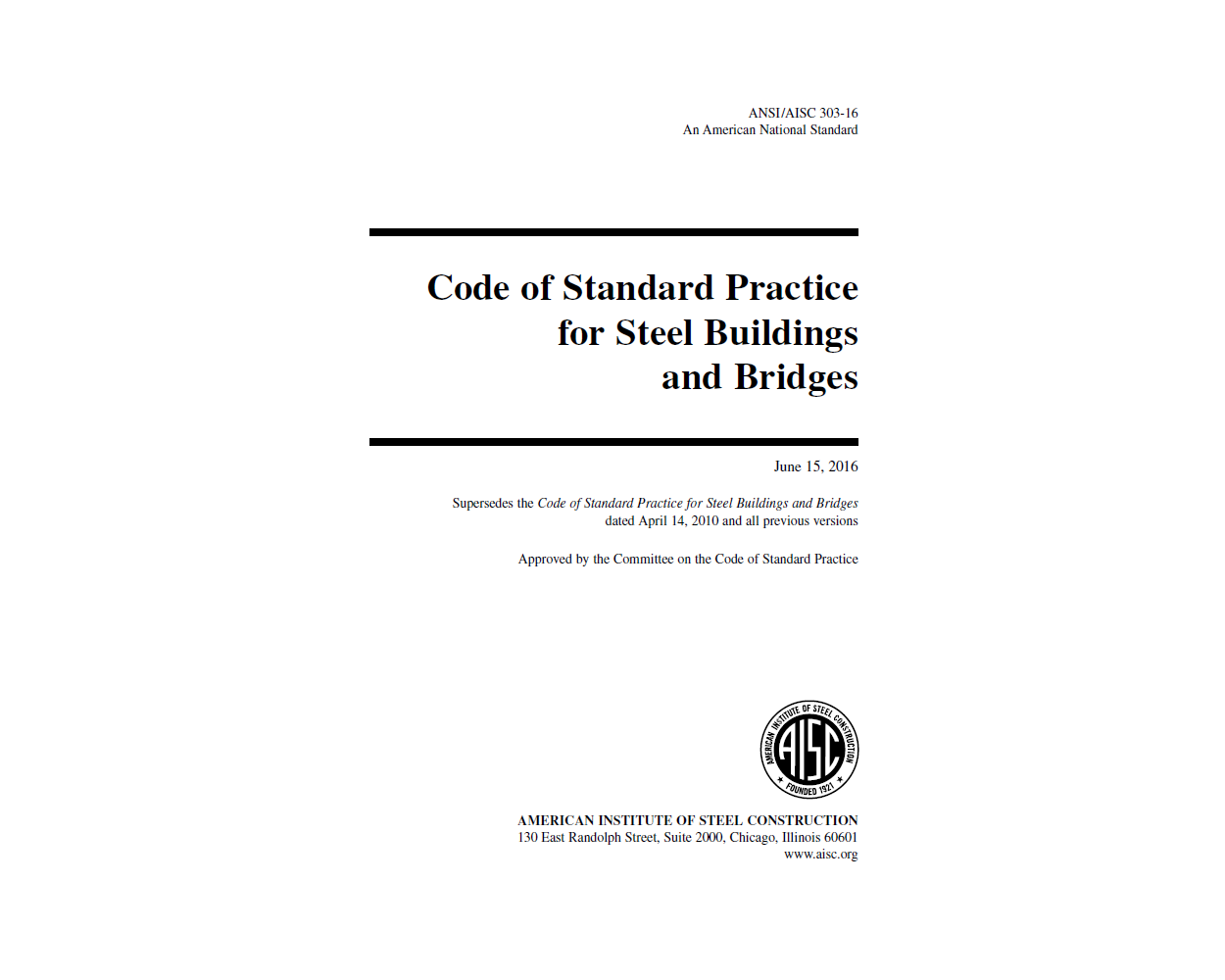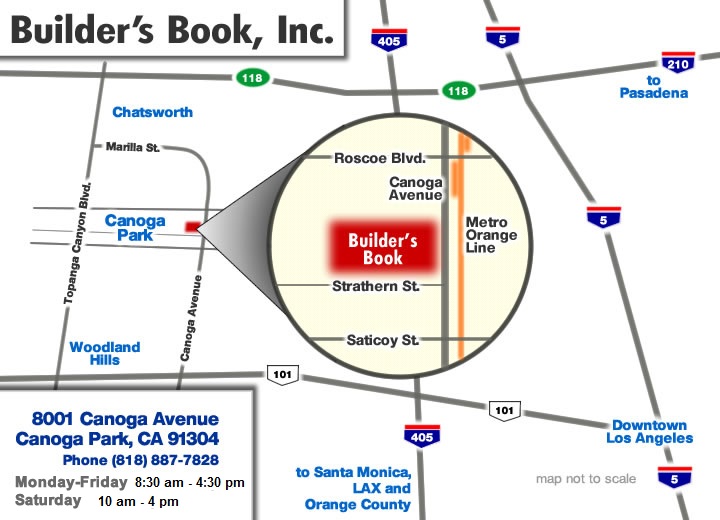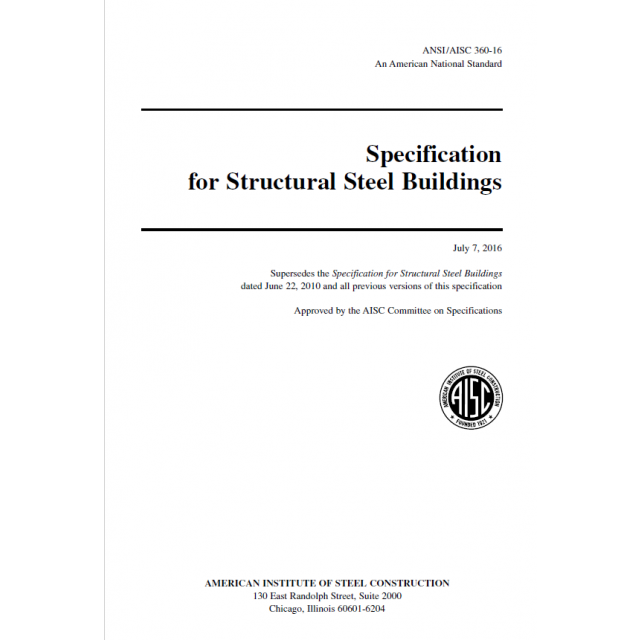2016 Code Of Standard Practice For Steel Buildings And Bridges
2016 Code Of Standard Practice For Steel Buildings And Bridges
As in any industry, trade practices have developed among those that are involved in the design, purchase, fabrication and erection of structural steel. This Code provides a useful framework for a common understanding of the acceptable standards when contracting for structural steel. As such, it is useful for owners, architects, engineers, general contractors, construction managers, fabricators, steel detailers, erectors and others associated with construction in structural steel. Unless specific provisions to the contrary are contained in the contract documents, the existing trade practices contained herein are considered to be the standard custom and usage of the industry and are thereby incorporated into the relationships between the parties to a contract. It is important to note the differences in design requirements between buildings and bridges. ANSI/AISC 360 and 341 establish the design requirements for buildings and buildinglike structures, and this Code sets complementary commercial and technical requirements. For highway bridges, the governing design requirements are established by AASHTO and implemented by the contracting agency; the commercial provisions of the Code are applicable, but technical provisions, such as tolerances, are not addressed. The Symbols and Glossary are an integral part of this Code. In many sections of this Code, a nonmandatory Commentary has been prepared to provide background and further explanation for the corresponding Code provisions. The user is encouraged to consult it. This Code is written—and intended to be utilized in practice—as a unified document. Contract documents may supercede individual provisions of the Code as provided in Section 1.1, except when doing so would violate a requirement of the applicable building code. Since the first edition of this Code was published in 1924, AISC has continuously surveyed the structural steel design community and construction industry to determine standard trade practices. Since then, this Code has been periodically updated to reflect new and changing technology and industry practices
| Price | $19.95 |
|---|---|
| Customer Service | We're Here To Help Monday through Friday - 8:30 am to 4:30 pm (Pacific) Order Questions: Our Address: E-mail: sales@buildersbook.com Fax Your Order |
| Description | 2016 Code Of Standard Practice For Steel Buildings And Bridges As in any industry, trade practices have developed among those that are involved in the design, purchase, fabrication and erection of structural steel. This Code provides a useful framework for a common understanding of the acceptable standards when contracting for structural steel. As such, it is useful for owners, architects, engineers, general contractors, construction managers, fabricators, steel detailers, erectors and others associated with construction in structural steel. Unless specific provisions to the contrary are contained in the contract documents, the existing trade practices contained herein are considered to be the standard custom and usage of the industry and are thereby incorporated into the relationships between the parties to a contract. It is important to note the differences in design requirements between buildings and bridges. ANSI/AISC 360 and 341 establish the design requirements for buildings and buildinglike structures, and this Code sets complementary commercial and technical requirements. For highway bridges, the governing design requirements are established by AASHTO and implemented by the contracting agency; the commercial provisions of the Code are applicable, but technical provisions, such as tolerances, are not addressed. The Symbols and Glossary are an integral part of this Code. In many sections of this Code, a nonmandatory Commentary has been prepared to provide background and further explanation for the corresponding Code provisions. The user is encouraged to consult it. This Code is written—and intended to be utilized in practice—as a unified document. Contract documents may supercede individual provisions of the Code as provided in Section 1.1, except when doing so would violate a requirement of the applicable building code. Since the first edition of this Code was published in 1924, AISC has continuously surveyed the structural steel design community and construction industry to determine standard trade practices. Since then, this Code has been periodically updated to reflect new and changing technology and industry practices |





